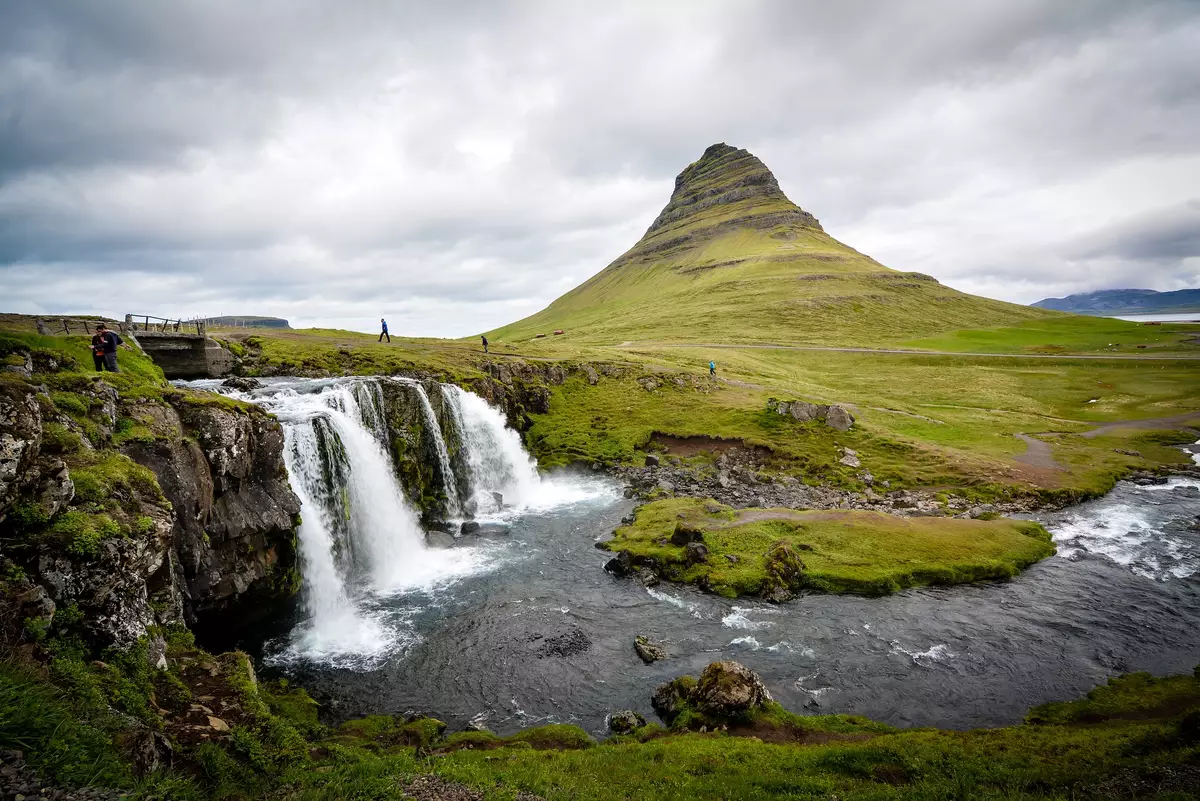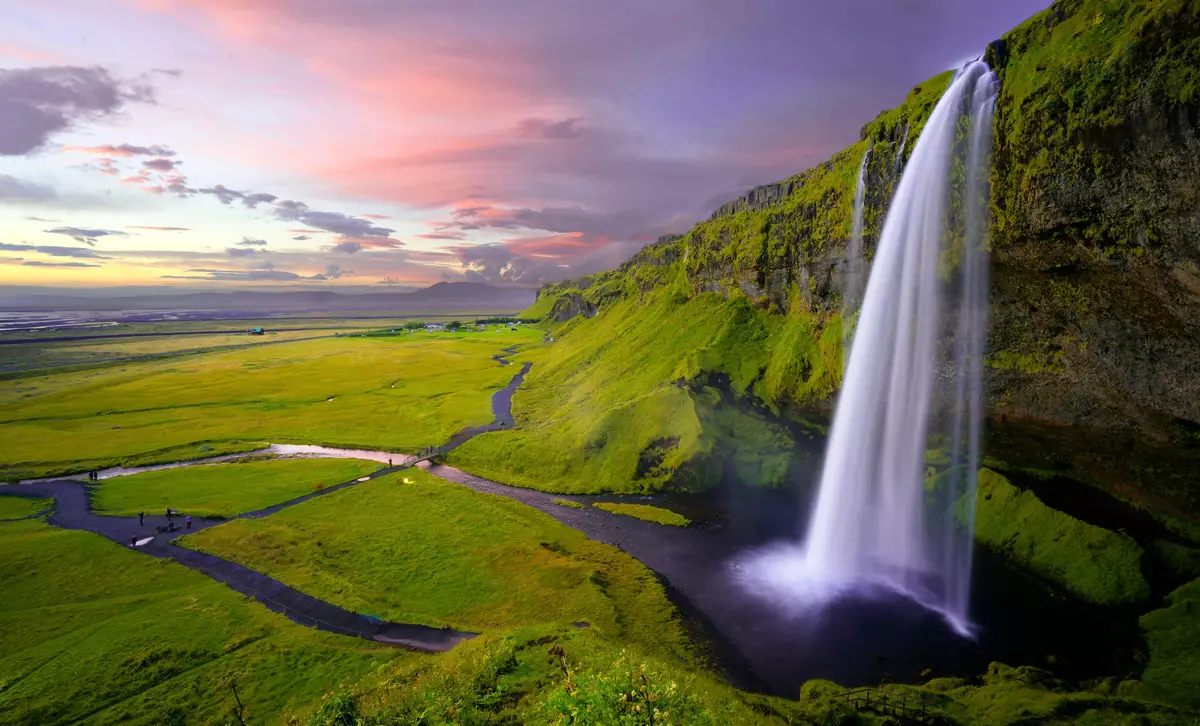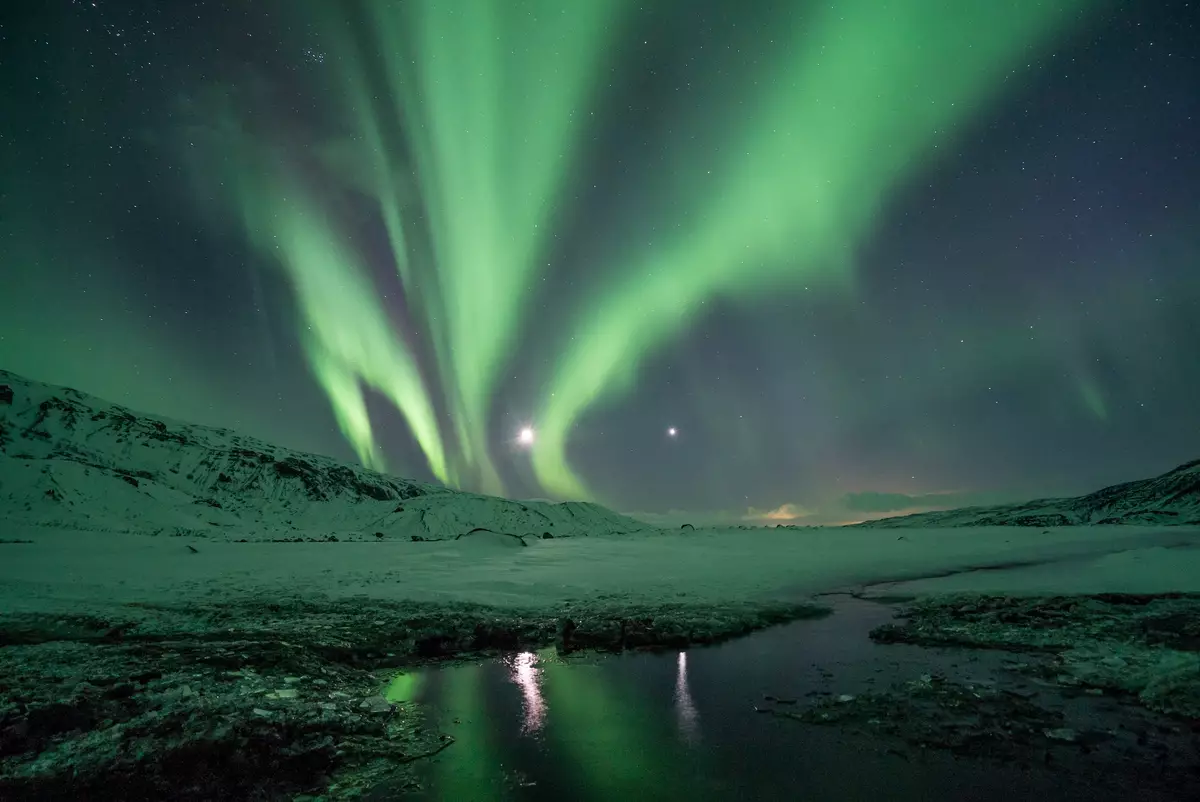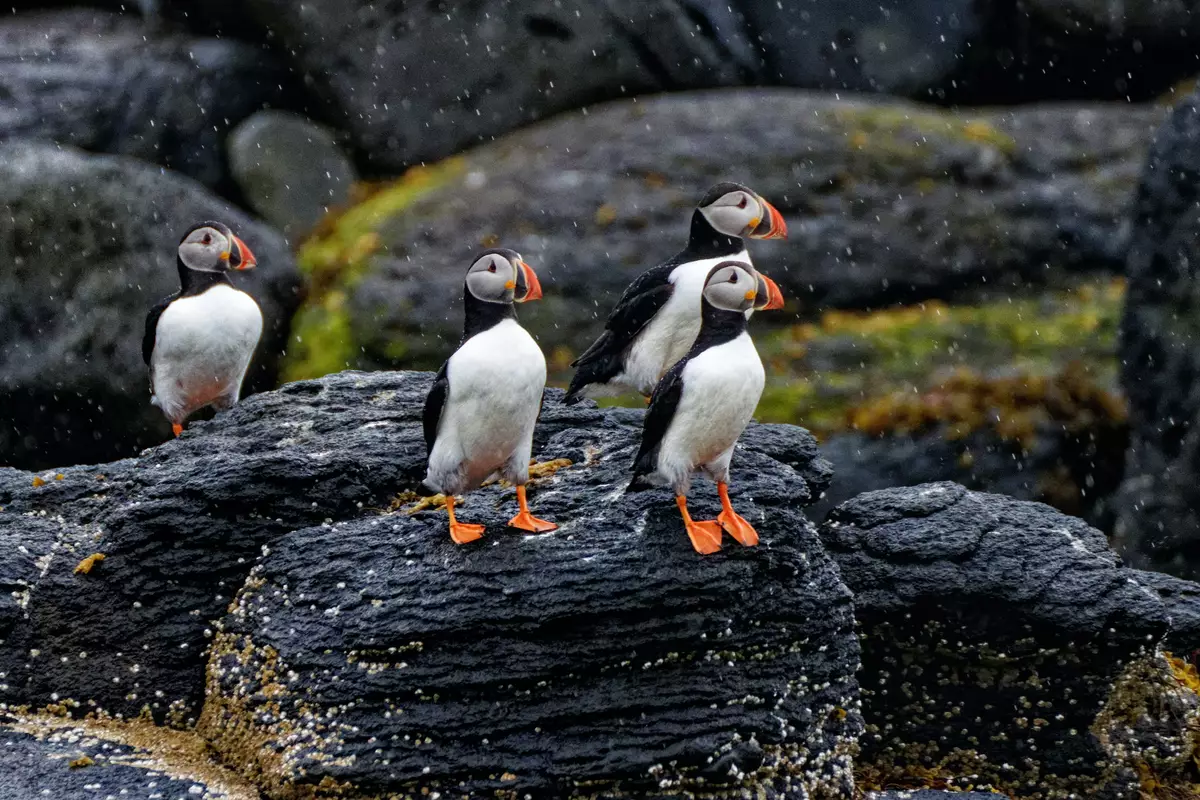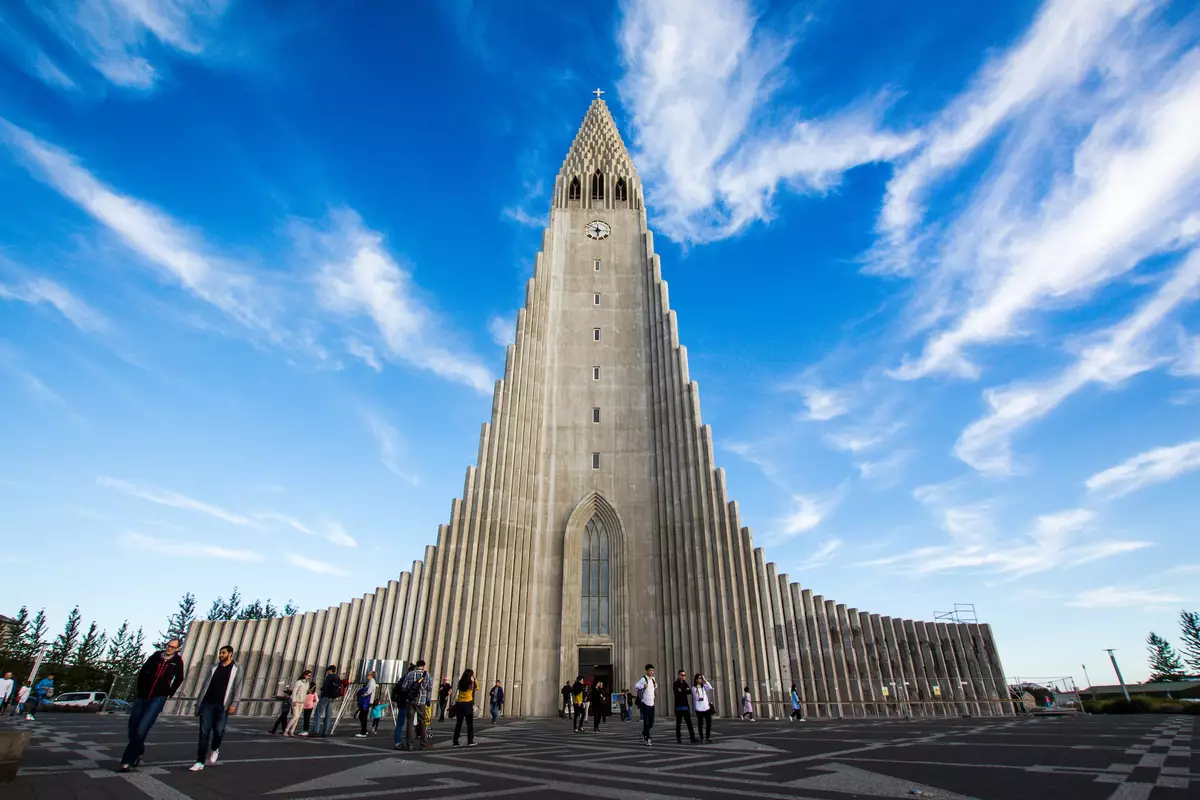Iceland, one of the countries with the highest volcanic activity, is a large island in the North Atlantic Ocean near the Arctic Circle. If you've ever seen an advertisement for Iceland, you've probably heard the phrase "land of fire and ice". Although the nickname has already become a cliché, it is quite accurate. Nowhere on earth are hot and cold natural forces as obvious as in Iceland.
The country, located in a volcanic zone known as the Mid-Atlantic Ridge, is characterized by glaciers, ice caps, thermal springs, geysers, active volcanoes, wild lava deserts, tundra, ice peaks, and countless waterfalls. Some of the world's most active colonies of seabirds lie on the cliffs that surround a large part of the coast. During the summer, lakes and swamps are full of waterfowl nests.
The capital of this country, Reykjavik, is home to about 70% of the population, but still, tourists eager for untouched landscapes, unknown natural phenomena and an adventure that pushes the boundaries of the ordinary and the normal are ideal travelers for Iceland. All the inhabitants of the land of Vikings are connected by only one highway, but it is like being ordered to tour the unique natural beauties.
East of the capital lies the popular Golden Circle region, made up of Gullfoss Waterfall, the geothermal Geysir that gave rise to this term, and the historic national park, Þingvellir. West of Reykjavik you will encounter a black landscape of lava flows, which surround the charming city of Hafnarfjörður and the international airport and American base in Keflavik.
The southern part of Iceland is dominated by the beautiful volcanic islands of Vestmannaeyjar and the vast hiking areas around Þórsmörk and Skaftafell National Park. In the north, visitors can enjoy the glittering city of Akureyri, as well as cross the Arctic Circle and visit Grimsey Island. Husavik, in the northeast, offers superb whale watching, and the Westfjords Peninsula in the northwest has a fantastic setting.
In Reykjavik, a mild climate can quickly turn into heavy rain, sharp wind or fog. May, June and July are the driest months of the year. In the north and east, the weather is better. Snowstorms and fierce storms occur in inland deserts and coastal sandy deltas. The high season is from mid-June to August, but most mountain tours are not possible until July due to snow.
A destination that is considered the birthplace of Vikings, trolls and many mythical creatures, with enchanting nature you can find only here, so do not miss the magical journey to the land of fire and ice.

